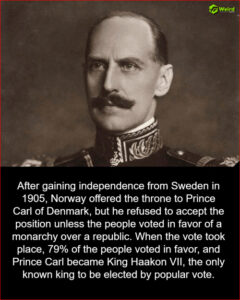“Unearthing the Dark Secrets of Germany’s WWI Corpse Factories: What History Has Forgotten”
This tacit – but unofficial – endorsement only helped to fan the flames, and the story continued to circulate throughout the Allied powers – especially the United States, which had just entered the War. One of the most widely-read accounts was the anonymously-written pamphlet A ‘Corpse-Conversion’ Factory: A Peep Behind the German Lines, published by Darling & Son in mid-1917. The story was a propagandists’ dream, not only painting the Germans in a suitably barbaric light, but indicating that the British naval blockade of German ports – the cause of the nation’s severe fat and glycerine shortages – was having the intended effect. Indeed, despite the frequent protestations of the German government, the story was widely believed up until the end of the war and, along with other, better-documented German atrocities, likely influenced the harsh terms imposed on Germany by the 1919 Treaty of Versailles.
With the end of the war, the story soon faded from the public consciousness, only to dramatically reemerge nearly a decade later. On October 26, 1925, the New York Times reported that Brigadier John Charteris, Conservative MP and former Head of British Military Intelligence, had admitted to fabricating the entire story. Charteris, who was speaking at a private dinner of the National Arts Club in New York City, allegedly stated that the hoax had been concocted in early 1917 to get China to join the war against Germany. Stumbling upon two photographs – one showing the bodies of German soldiers being gathered for burial and another showing a train car full of horse carcasses bound for processing into fertilizer – Charteris had swapped the captions to make it seem like the Germans were processing their own dead soldiers. He then dispatched the photographs to various Chinese newspapers and let the story grow from there. An underling even suggested forging the diary of a German soldier to further sell the ruse, but this idea was rejected. In any case, this clever piece of black propaganda ultimately proved effective, for on August 14, 1917 China joined the war on the side of the Allies.










